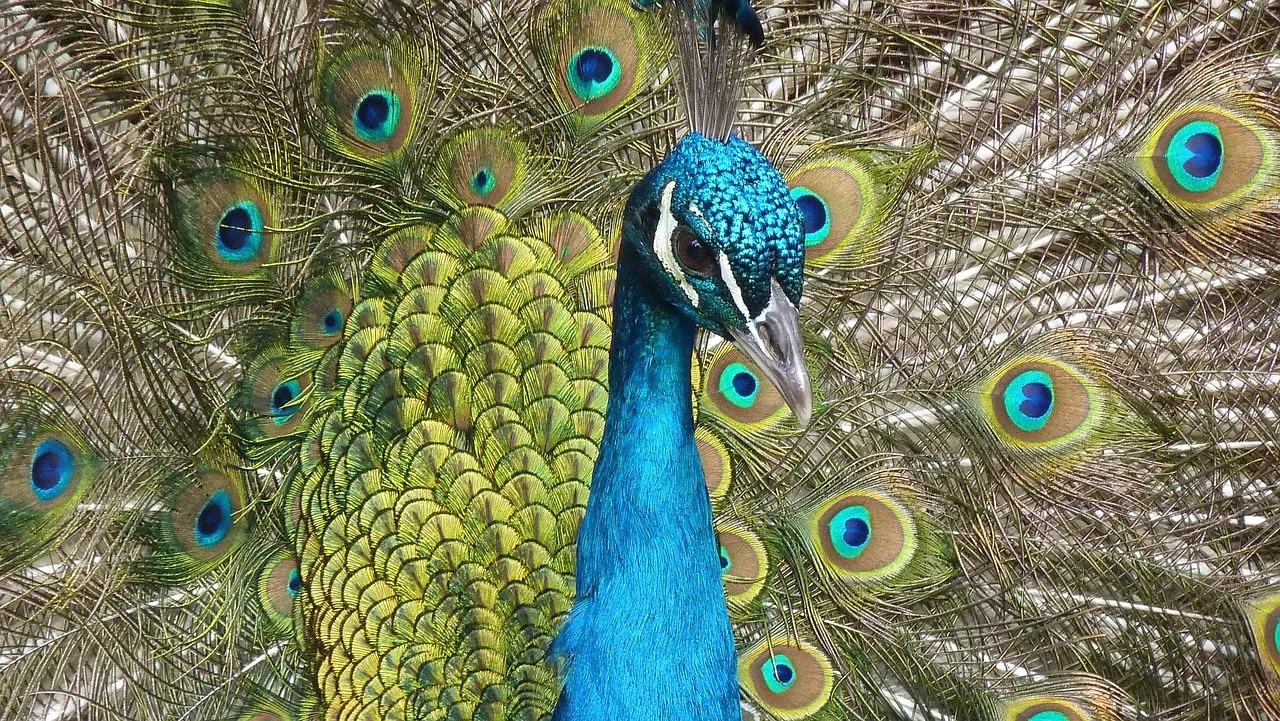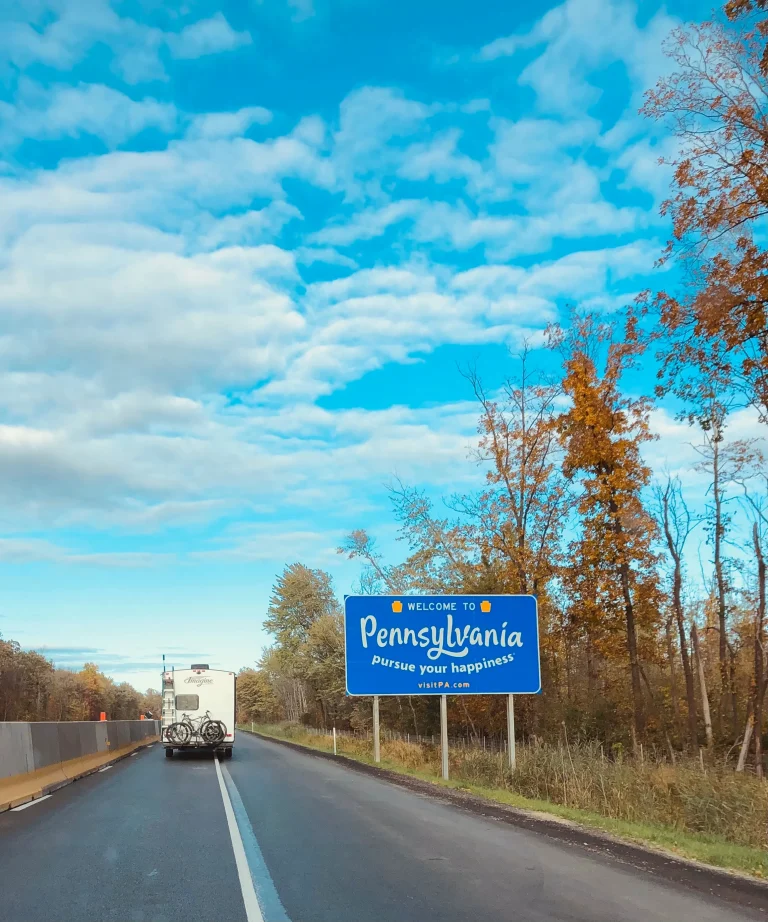Are Peacocks Native To California?
With their brilliantly colored plumage and unmistakable calls, peacocks are a distinctive bird that never fails to turn heads. If you’ve spotted these exotic-looking creatures strutting around California, you may have wondered – are peacocks actually native here? If you’re short on time, here’s a quick answer to your question: No, peacocks are not native to California. They originated in parts of Asia and were introduced to North America.
In this article, we’ll take a deeper look into the origins of peacocks and how they came to inhabit parts of California. We’ll examine their native habitat, timeline of introduction, current wild and captive populations, and ongoing debates about whether they should be considered an invasive species or valued part of California’s diverse ecology.
Native Range and Habitat of Peacocks
Origins in Asia
Peacocks, scientifically known as Pavo cristatus, are not native to California. They actually originate from the Indian subcontinent and parts of Southeast Asia. These stunning birds have been admired for centuries for their vibrant plumage and majestic appearance.
In their native range, which includes countries like India, Sri Lanka, and Myanmar, peacocks are often considered symbols of beauty, grace, and good fortune.
According to the National Geographic Society, peacocks were first introduced to California in the late 1800s. Wealthy landowners brought them over from their native habitats as ornamental birds to enhance the beauty of their estates.
Over time, some of these peacocks escaped or were released into the wild, leading to the establishment of small populations in certain regions of the state.
Ideal Habitat Conditions
Peacocks are adaptable birds that can thrive in a variety of environments. However, they prefer habitats that offer a mix of open areas for foraging and roosting, as well as dense vegetation for protection and nesting.
In their native range, peacocks can be found in a range of habitats, including forests, grasslands, and agricultural areas.
The California Department of Fish and Wildlife states that peacocks are most commonly found in suburban and rural areas with a Mediterranean climate. This includes regions with mild winters and dry summers, such as parts of Southern California.
These conditions provide an ample food supply, including insects, seeds, and small vertebrates, which are essential for the peacock’s diet.
It is important to note that while peacocks have established populations in California, they are not considered native wildlife. As introduced species, they can have both positive and negative impacts on the local ecosystem.
Their presence may enhance the aesthetic appeal of an area, but they can also compete with native birds for resources and potentially disrupt the ecosystem balance.
History and Timeline of Introduction to North America
Peacocks, known for their vibrant feathers and majestic appearance, have a long and fascinating history in North America. Let’s explore the timeline of their introduction to the continent.
Early Imports by Private Collectors
In the late 1800s, peacocks were brought to North America by private collectors who were captivated by their beauty. These collectors imported the birds from various parts of the world, including Asia and Europe. The first recorded import of peafowl to North America occurred in the 1870s.
These early imports were often kept in private estates where they added an exotic touch to the surroundings.
Fun Fact: Did you know that one of the most famous private collectors of peacocks was William Randolph Hearst, the newspaper magnate? He had a collection of peafowl at his San Simeon estate in California, which became a tourist attraction.
Spread to Estates and Zoos
As the popularity of peacocks grew, more estates and zoos across North America began acquiring them. These beautiful birds were admired for their striking plumage and enchanting calls, making them a valuable addition to any collection.
Their presence in estates and zoos allowed more people to appreciate and learn about these magnificent creatures.
Did You Know? The Los Angeles County Arboretum and Botanic Garden in California is home to a large population of peafowl. These birds roam freely in the gardens, delighting visitors with their vibrant displays.
Naturalization in Florida
While peacocks were initially imported for ornamental purposes, some individuals escaped or were released into the wild. In Florida, particularly in the Miami area, peafowl have established feral populations.
These birds have adapted to the local environment and can be seen wandering in neighborhoods and parks.
Interesting Fact: The presence of peafowl in Florida has led to some interesting encounters. These charismatic birds have been known to display their feathers and even approach people in search of food, creating memorable moments for residents and tourists alike.
Current Population Status in California
Peacocks are not native to California, but they have managed to establish a population in the state over the years. Let’s take a closer look at the current population status of peacocks in California.
Wild Flocks in Urban and Suburban Areas
In California, peacocks can be found in various urban and suburban areas where they have adapted to the local environment. These majestic birds are known for their vibrant plumage and distinctive calls, which often attract the attention of residents and visitors alike.
Although peacocks are not native to California, they have thrived in these urban and suburban environments due to the availability of food sources and suitable nesting sites. They are often spotted in neighborhoods with large gardens or open spaces where they can forage for insects, seeds, and small animals.
While some people enjoy having peacocks in their neighborhoods, others find them to be a nuisance. Their loud calls and tendency to roam around can sometimes lead to conflicts with homeowners. As a result, some areas have implemented regulations to manage the peacock population and address any issues that may arise.
Numbers in Captivity
In addition to the wild flocks, there is also a significant number of peacocks in captivity in California. Many private collectors and zoos have successfully bred and raised peacocks, contributing to the overall population in the state.
Peacocks in captivity are often kept for their aesthetic appeal and as attractions in zoos and aviaries. They are admired for their beautiful feathers and are a popular subject for photography and art.
Some peacock enthusiasts even participate in breeding programs to preserve and enhance the genetic diversity of these birds.
Concentrations in Southern California
While peacocks can be found in various parts of California, there are notable concentrations of these birds in Southern California. Areas such as Los Angeles County and San Diego County have become known for their sizable peacock populations.
The temperate climate and abundant food sources in Southern California provide an ideal habitat for peacocks to thrive. These birds can be seen strutting their stuff in parks, gardens, and even residential areas.
Visitors to these regions are often delighted by the vibrant display of peacock feathers and their unique courtship dances.
Debates Around Invasive Species Designation
The designation of peacocks as an invasive species in California is a topic of ongoing debate among scientists, conservationists, and the general public. While peacocks are not native to California, they have been introduced to the state and have established populations in certain areas.
This has sparked discussions about the potential impacts on native plants and animals, nuisance complaints in residential areas, and the aesthetic value they bring to the environment.
Impacts on Native Plants and Animals
One of the main concerns surrounding the presence of peacocks in California is their potential impact on native plants and animals. Some argue that peacocks, as non-native species, may compete with native wildlife for resources such as food, habitat, and nesting sites.
They may also have the potential to disrupt ecosystems by altering the balance of predator-prey relationships. However, it is important to note that research on the specific impacts of peacocks in California is limited, and more studies are needed to fully understand their ecological effects.
According to the California Department of Fish and Wildlife, the presence of non-native species can have both positive and negative impacts on native biodiversity. While some non-native species can cause significant harm to native ecosystems, others may have minimal impacts or even provide ecological benefits.
Therefore, it is crucial to assess the specific characteristics and behaviors of peacocks in order to determine their overall ecological impact.
Nuisance Complaints in Residential Areas
Another aspect of the debate surrounding peacocks in California is the nuisance complaints they can generate in residential areas. Peacocks are known for their loud vocalizations, which can be disruptive to residents, especially during mating season.
Additionally, their habit of roosting on rooftops and vehicles can cause damage and create sanitation issues. Some residents have expressed frustration with these disturbances and have called for measures to control or remove peacock populations.
Local municipalities have implemented various strategies to address these nuisance complaints while balancing the preservation of peacock populations. These strategies include the use of deterrents, such as noise-making devices or visual barriers, as well as education programs to promote coexistence between residents and peacocks.
However, finding a balance between protecting the interests of residents and preserving the aesthetic value of peacocks can be challenging.
Proponents Highlight Aesthetic Value
Despite the controversies, proponents of peacock populations in California emphasize their aesthetic value. Peacocks are renowned for their stunning plumage and graceful displays, which many people find captivating and beautiful.
Their presence in parks, gardens, and other natural settings adds a touch of elegance and charm to the environment.
The aesthetic value of peacocks is not only appreciated by individuals but also recognized by organizations promoting biodiversity and conservation. The National Audubon Society, for example, acknowledges that non-native species can contribute to the beauty and diversity of ecosystems when properly managed.
They argue that a balanced approach should be taken, considering both the concerns of residents and the potential benefits of peacock populations.
Legality and Regulation of Peacock Ownership
When it comes to owning peacocks in California, there are certain legalities and regulations that potential owners need to be aware of. While peacocks are not native to California, they have become a popular sight in many neighborhoods.
However, before bringing these majestic birds into your home, it’s important to understand the rules surrounding their ownership.
No Statewide Restrictions
Surprisingly, California does not have any statewide restrictions on owning peacocks. Unlike some other states that have specific regulations in place, California allows residents to own peacocks without any special permits or licenses.
This can be great news for those who have always dreamed of having these beautiful birds roaming their property.
However, it’s important to note that while there are no statewide restrictions, local municipalities may have their own regulations in place. It’s crucial to check with your local city or county government to determine if there are any specific rules regarding peacock ownership in your area.
Local Municipal Codes
Many cities and counties in California have created their own municipal codes to regulate peacock ownership. These codes can vary greatly from one location to another. Some municipalities may have strict guidelines on the number of peacocks allowed per property or specific zoning requirements for keeping these birds.
For example, in the city of Los Angeles, residents are allowed to keep up to three peafowl, which includes peacocks and peahens. However, there are certain restrictions on noise and nuisance that owners must adhere to.
Violation of these regulations can result in fines or even the removal of the birds.
Permit Requirements
In certain areas, obtaining a permit may be necessary to own peacocks. This is particularly true for individuals who wish to keep a larger number of birds or for those who live in more densely populated neighborhoods.
For instance, in Santa Clara County, residents are required to obtain a permit if they wish to own more than three peafowl. The permit process typically involves providing information about the property, such as its size and location, as well as demonstrating the ability to properly care for the birds.
To ensure compliance with the law, it is essential to research and understand the permit requirements in your specific location before bringing peacocks into your home.
For more information on peacock ownership regulations in California, you can visit the official website of the California Department of Fish and Wildlife at www.wildlife.ca.gov.
Conclusion
In summary, while vibrantly colored peacocks may seem well-suited to lush California, they are not actually native to this state or anywhere else in the Americas. Brought over by collectors starting in the 1800s, exotic peafowl have formed sizeable feral populations, particularly in Southern California. Their presence remains controversial, with concerns about environmental impact countered by arguments for their beauty and historic heritage. For now, most areas allow peacock ownership with some regulations. While not indigenous, peacocks have undoubtedly become an iconic part of California’s distinctive local wildlife.








